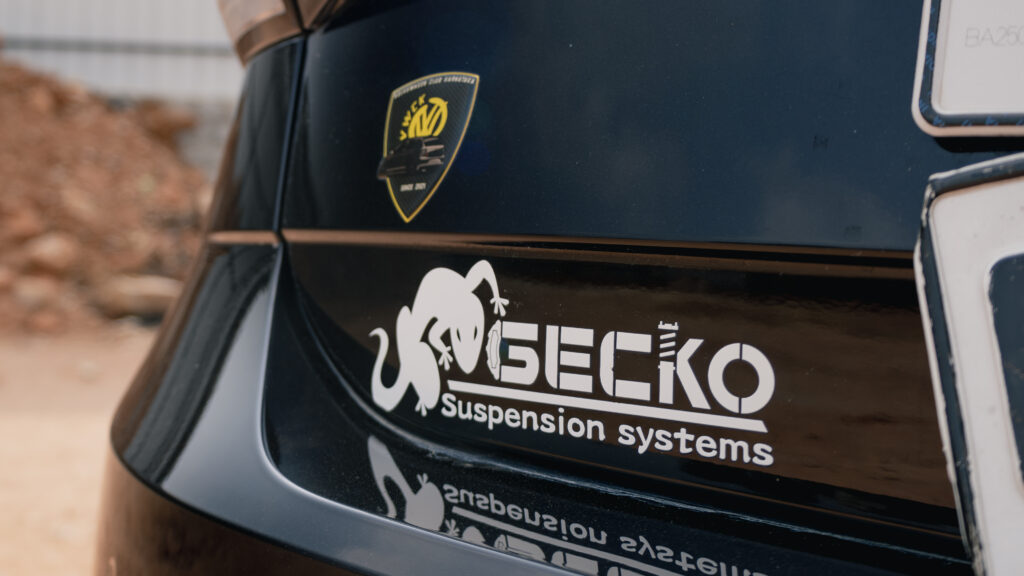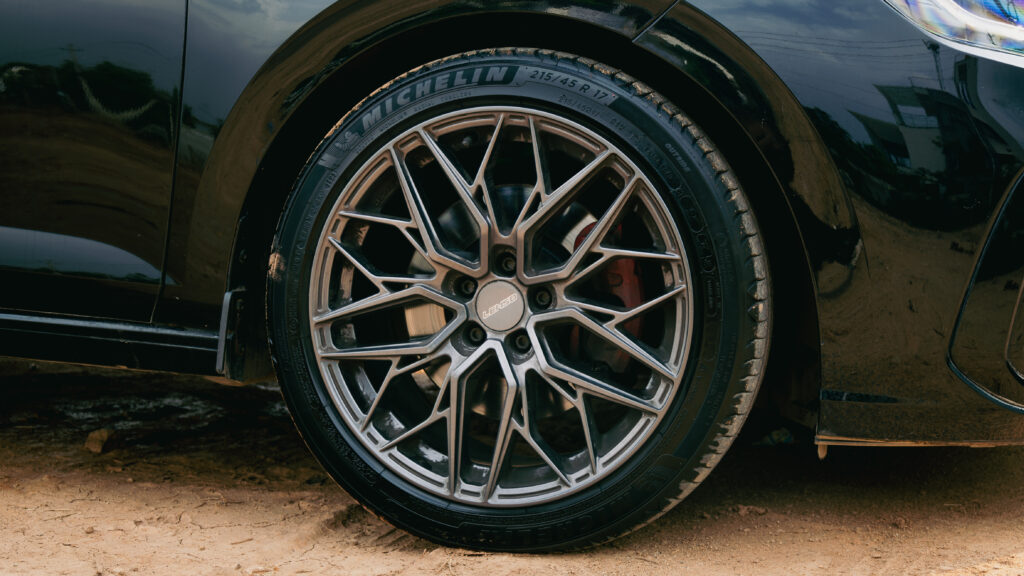The realm of beginner tuning in India has always centered around a modest, no-frills German hatchback – the Volkswagen Polo. This car has been the top choice for young enthusiasts seeking a small, approachable vehicle with decent performance. In India, we’ve held the Polo in such high regard that even after over a decade of production and a few years out of the market, its value remains incredibly strong.


However, as with everything in life, change is inevitable, and Volkswagen has moved on too. They’ve introduced a brand new platform, the MQB A(0) IND, purposefully developed in India for global export. Enter the Volkswagen Virtus, expected to be the logical upgrade for Polo owners. But for the enthusiast Polo owner? Not quite. The most powerful variant, the 1.5 TSI EVO Virtus GT, only produced as much power as a stage 2 Polo, and its uncrackable ECU made extracting more power seemingly impossible.

Nevertheless, the folks at Carmed Bangalore found a way around this challenge. Finally, I got my hands on a Stage 2 Volkswagen Virtus GT. It’s time to answer the burning question that has consumed over a year: Is the 1.5 TSI EVO the upgrade Polo enthusiasts truly deserve?

Performance aside I personally think the virtus has a very good-looking interior, it looks sophisticated and simple, the build quality is high and the finish is premium and robust to the touch. The instrument cluster display is large and crisp, and so is the infotainment screen. The AC controls are touch-sensitive making them a little distracting to use while driving but otherwise, everything else in the cabin is super easy to access and operate while on the move. the ventilated seats work wonders and the seats themselves are well-bolstered for some fun driving. Overall the interior is fancy and feature-packed, you can definitely pass it off as a premium cabin. Time for the geeky stuff.



The biggest challenge was the ECU itself, so to circumvent this issue, the ECU has been replaced with one that can be bench-tuned, this new control unit has been imported from Europe, and it is an OEM ECU. Unfortunately, this is all of the information shared about the ECU, the remap is from Code6 which includes a stage 2 TCU tune-up for some extra snappiness, the downpipe was made in-house at Carmed in Bangalore and the air filter has also been replaced with an OEM replacement K&N filter. The result is an added 40-45 Bhp of power from the 1.5L 4-pot.


The Stage 2 upgrade has made the Virtus noticeably faster, however, it’s not a night and day difference. Where the stock car would be huffing and puffing, the stage 2 Virtus finds some extra oomph at the top, making the car feel much more alive when you step your foot on the throttle, and with the new set of Gecko Coilovers, this Virtus did fantastically in the corners too! What I think would be the next big upgrade in this car should be a big brake kit, not because it needs them, but because a better set of brakes will allow you to maintain that foot on the throttle pedal for longer, significantly improving the car’s performance.



The platform has seen a surge in impressive builds and projects, showcasing the country’s prowess in the tuning scene and earning recognition on the global stage. The recent debut of this groundbreaking build caused quite a stir across the internet. That being said, Despite the 1.5L TSI EVO’s smooth and appealing performance, it’s not the most versatile engine for extensive tuning, which puts a cap on its potential for achieving high power outputs. However, for those aiming for stage 2 performance, a remap will likely prove satisfying. If maximum power is the goal, other platforms may be more suitable for realizing that objective.








